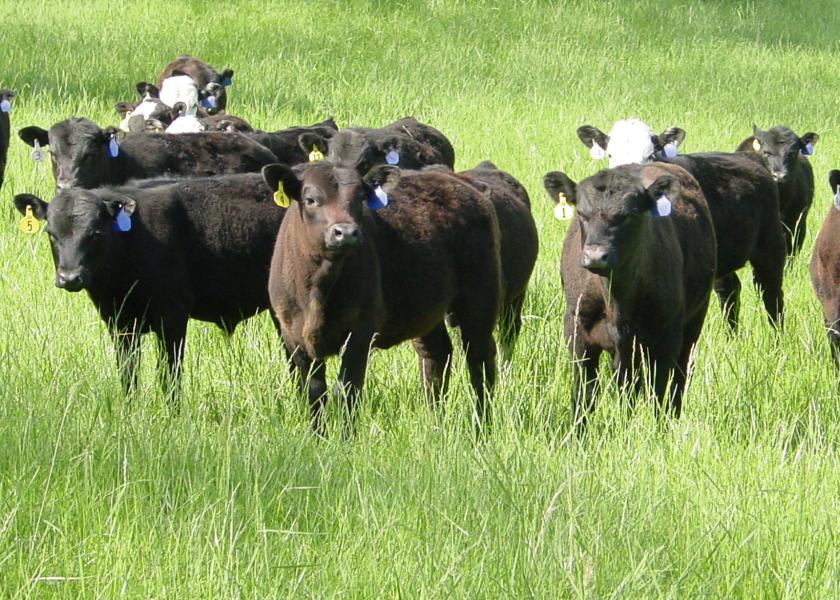Peel: Feeder Cattle Markets in Transition

Feeder cattle auction prices recovered some last week as Live and Feeder futures increased from the lows following the outbreak of war in the Ukraine.
The pre-war highs in February may be the seasonal spring peak in calf and stocker prices, although another run at spring peaks could happen in the next month. Moreover, a strong uptrend in feeder prices is reflected in Feeder futures prices at this time, which may offset typical seasonal patterns.
Feeder cattle markets have been in transition for several months and more transition is ahead. Since November, prices for feeder cattle weighing up to 600 pounds have increased roughly 10 percent, while prices for feeders over 800 pounds are currently about six percent lower.
Using current prices, it would appear that the value of stocker gain has dropped dramatically since last fall. For example, in mid-November, the value of 300 pounds of gain from 500 to 800 pound steers calculated out to $1.24/lb., roughly in line with the increase in feedlot cost of gain in 2021. However, current Oklahoma auction prices suggest that the value of 300 pounds of gain from 500 to 800 pounds has dropped to about $0.73/lb. This seems to fly in the face of high feed prices and increasing feedlot cost of gain. This value of gain makes no sense and would certainly make summer stockers very unattractive.
However, current prices do not capture the transition currently under way in feeder markets. The current price for August Feeder futures is about $181/cwt., compared to about $158/cwt. for the nearby March. The August futures price would suggest an Oklahoma cash price for 800-pound steers of $179-$180/cwt. in August, well above the current price of $159/cwt. In that case, the value of 300 pounds of gain from April to August is roughly $1.45/lb.
There is even more transition implied in feeder cattle markets. Running the current August Feeder futures price for 800 pound steers though a feedlot budget finishing in January 2023 results in a fed breakeven price of $162-$165/cwt. depending on the feedlot cost of gain. Current Live futures for February 2023 are at roughly $153/cwt.
These discrepancies suggest that more transition is yet to come. Either the Feeder futures are too high or the Live futures are too low, or perhaps some of both. The take-home message is that imbalances in feeder markets and between feeder and fed markets likely mean more transition as markets rebalance. Markets are volatile and likely to remain so. Cattle producers at all levels may see opportunities to price cattle or lock in margins but markets are expected to continue to be very dynamic and such opportunities may be fleeting.
Dr. Derrell Peel’s overview of the market situation and its affect on both producers and consumers on SunUpTV. http://sunup.okstate.edu/category/lm/2022/031222-lm







